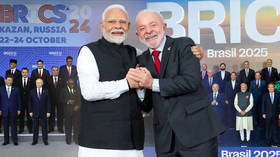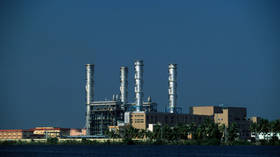Russia and Europe to launch joint mission to dark side of Moon, then build base there
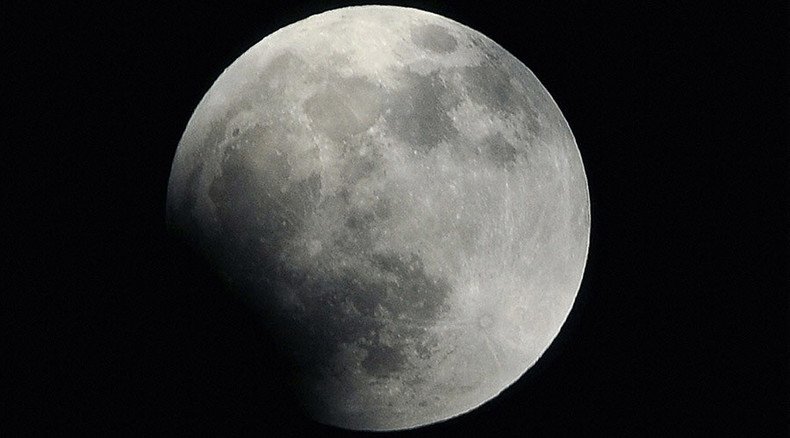
The European Space Agency (ESA) is set to join Russia’s ambitious plan to colonize the Moon, with an announcement that it will provide key tech for a planned exploration mission in 2020, and possibly help construct a permanent outpost.
Announced by Russia’s space agency Roscosmos last November, Luna 27 is a robotic lander that will land in the South Pole–Aitken basin, a giant crater on the dark side of the Moon, and prospect it for resources that could be utilized by future moon-dwellers.

"The south pole of the Moon is unlike anywhere we have been before," James Carpenter, ESA’s lead scientist on the project told the BBC earlier this week. "The environment is completely different, and due to the extreme cold there you could find large amounts of water-ice and other chemistry which is on the surface, and which we could access and use as rocket fuel or in life-support systems to support future human missions we think will go to these locations."
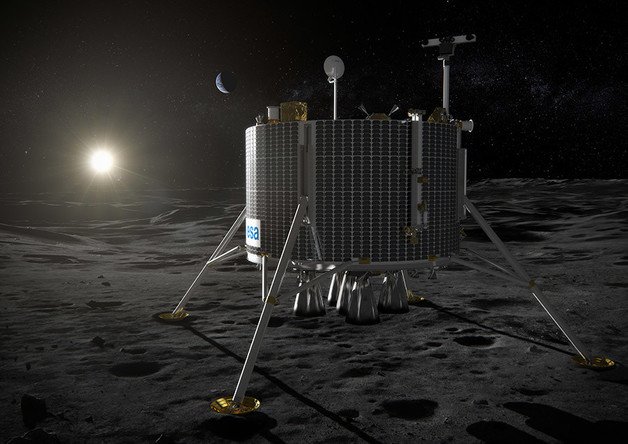
For the mission, ESA is expected to supply Pilot, a landing system that uses laser guidance and a set of sophisticated cameras to pick the best spot for exploration, and a revolutionary drill that will burrow 2 meters under the surface. The Europeans will also construct an on-board lab that can immediately analyze the samples.
Micro-satellite to inspect if Americans did land on Moon https://t.co/IrbCict72Xpic.twitter.com/awz0SKZoIq
— RT (@RT_com) October 11, 2015Although scientists and engineers are already working on blueprints for the project, European officials will only ratify their involvement in Luna 27 in late 2016.
Roscosmos’ lead scientist on the project, Igor Mitrofanov, has called on ESA to buy into Russia’s endeavor.
"We have to go to the Moon. The 21st Century will be the century when it will be the permanent outpost of human civilization. Our country has to participate in this process, and we have to do it together with our international colleagues,” the professor at the Space Research Institute in Moscow told the BBC.
READ MORE: Space duo: Russia invites China to create joint lunar station
Whatever results it yields, Luna 27 is just a test of cooperation between the space agencies, and a step towards bigger goals.
Previously, ESA observed Russia’s plans to land a manned expedition on the Moon by 2030, followed by the construction of a permanent base, as well as an orbiting outpost, with distant curiosity.
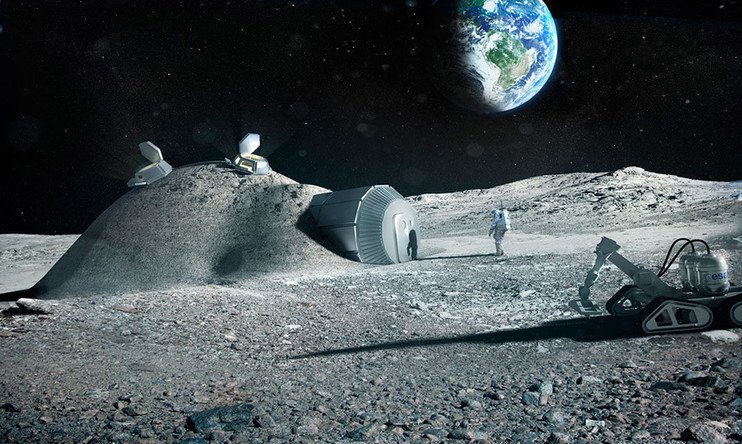
But ESA’s new chief Johann-Dietrich Woerner, who has been in his post since July, is a passionate advocate of Moon colonization, and has himself outlined proposals for a international space village that echoes Russia’s vision.
"We have an ambition to have European astronauts on the Moon. There are currently discussions at international level going on for broad cooperation on how to go back to the Moon," said Berengere Houdou, who heads the lunar exploration group at ESA’s European Space Research and Technology Centre (Estec).
But ambitious as it seems today, a Moon base is in itself a dry run for a more solid, systematic exploration of space than humankind has attempted thus far.
"It will be for astronomical observation, for the utilization of minerals and other lunar resources and to create an outpost that can be visited by cosmonauts working together as a test bed for their future flight to Mars," said Mitrofanov.
"This whole series of missions feels like the beginning of the return to the Moon but it is also starting something new in terms of overall exploration of the Solar System," said Richard Fisackerly, ESA’s lead engineer on Luna 27.


